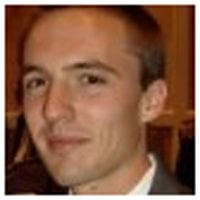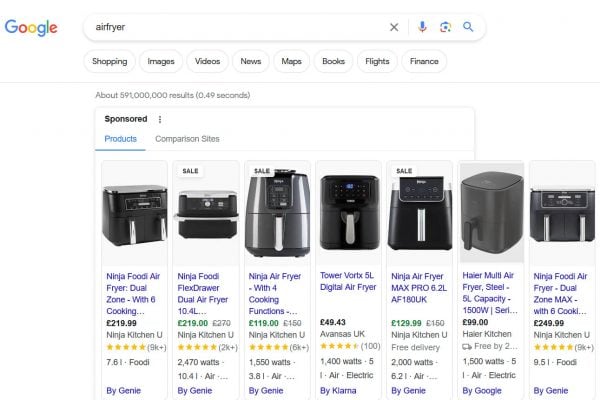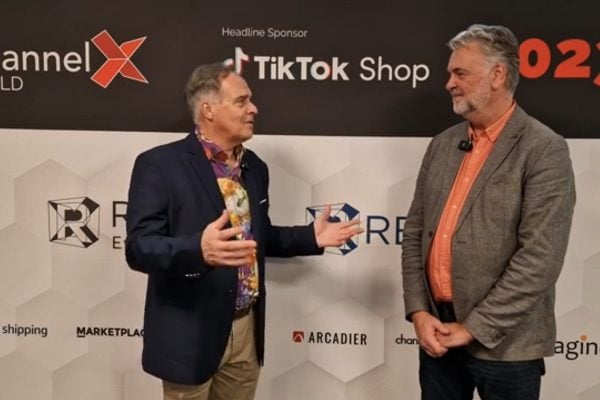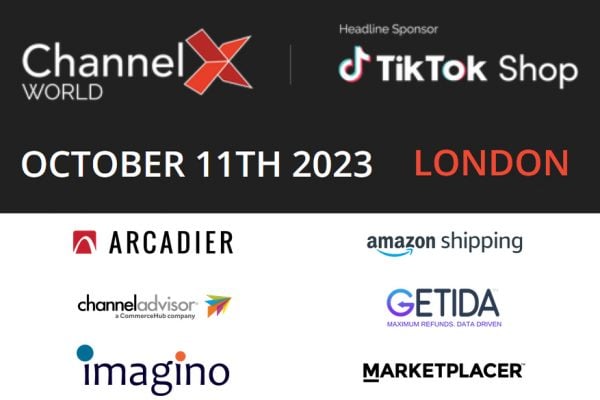A few days ago when looking at the apparent lack of growth for Comparison Shopping Engines for ChannelAdvisor customers I asked if this was the end for comparison shopping. When Andrew from CPC Strategy made a comment that without CSEs you could be missing 5-10% of your potential revenue I asked him to give an overview of how online merchants can get started on CSEs and share some of his knowledge.
Whether you do the work yourself, or choose to use a third party such as CPC Strategy or a multi-channel management platform such as ChannelAdvisor it’s worth knowing the basics of CSEs:
 Hi Tamebay! I’m Andrew Davis, Marketing Director for CPC Strategy. Chris was nice enough to let me share some information with you about how you can increase your webstore’s total potential revenue by 10% or more using Comparison Shopping Engines (CSEs). Before you say, “What are CSEs?” or “CSEs are a pain in the rear!” let me explain a little about who we are and why we can help your approach the CSE industry.
Hi Tamebay! I’m Andrew Davis, Marketing Director for CPC Strategy. Chris was nice enough to let me share some information with you about how you can increase your webstore’s total potential revenue by 10% or more using Comparison Shopping Engines (CSEs). Before you say, “What are CSEs?” or “CSEs are a pain in the rear!” let me explain a little about who we are and why we can help your approach the CSE industry.
In a nutshell our company provides full service CSE management to medium and large online retailers, handling all optimization of their comparison shopping campaigns. Two of our founders worked at Pricegrabber in 2006 before forming CPC Strategy in January 2007.
The three things hold online merchants back from being successful on CSEs
- Insufficient knowledge about CSEs.
– CSE’s are like chess. If you don’t know the moves you can’t play the game. - Insufficient resources dedicated to CSEs.
– Don’t bring a knife to a gun fight. - Unclear where to start your CSE campaigns.
– Use us as your CSE guides – start with our free quarterly rankings study of the Top 10 CSEs compared.
Data feed creation and optimization is another deterrent to merchants. Each shopping engine has its own unique technical specifications for products to even go live on the site.
What a pain! But wait! We compiled a page just for you: Sample Data Feeds and Feed Specifications for Comparison Shopping Engines.
A break down of what you need to be successful on CSEs
- A data feed that can be easily exported and updated with each CSE’s tech specs
- A CPC bidding strategy
- A product suppression strategy
On paper this looks easy. In practice it’s much harder. One reason is because one small mistake to your data feed can lead to all sorts of problems. Products within the feed won’t upload or the entire data feed won’t process correctly. Some of the many problems that impact data feed quality include but aren’t limited to:
- HTML in product attribute fields
- Line breaks (HTML problem)
- Miscategorization of products
- Adding columns
- Removing columns
- Inaccurate headers
Then there’s problems with how the shopping engines process your data feed:
- Incorrect header mapping (shopping engine reads your description column as your product title, etc)
- Incorrect file type
- Incorrect file name (CSEs need consistent file names without time stamps)
Combating data feed failure:
There should be at least one person at your company that checks on your data feed quality at least once a week. One person, once a week, all your data feeds.
Another reason it’s hard is because depending on your company, type of products and number of products, your CPC bids and product suppression strategies need to be implemented multiple times a week as well.
What is a product suppression strategy?
You need to figure out what’s profitable for you on the CSEs. If you spend $100 in clicks, how much do you need back to break even or make a profit? $300? $500? $1000? Be realistic and don’t forget the supplemental value of CSE campaigns. The customers that purchase products on your webstore can be remarketed to and can come back direct. That’s value you should consider.
After you establish what’s profitable, you can look into what products don’t fit that criteria.
Here’s an example:
You need a 3 to 1 return from Pricegrabber to break even. Right now your ratio of spend is $100 and revenue is $250. To optimize that ROI, look at the top 10 – 20 products that are getting a lot of clicks, but no sales. They may have 30, 40, or even over 100 clicks and no sales. That’s a pretty clear indication that for some reason or another, those products don’t work on Pricegrabber and you need to remove them from your data feed. They’re wasting spend with lots of click costs, but they’re not doing anything sales wise.
This is an important point – you’re not doing anything wrong, but some of your products just won’t work on the shopping engines. Don’t spend time on fixing how those products match up against your competitors, this will create a huge scaling issue. Instead, remove them from the feed. Then when you make changes to your products, landing pages, or website in general, you can re-add the products to the data feed and let them have a another go.
Quick Note:
Product level suppression is not possible without product level tracking, so add “sufficient tracking” to the list of three points above. Make sure you have an analytics solution in place before you start your CSE campaigns. Throwing all of your products on the CSEs without product level tracking is a recipe for failure.
Why use a 3rd party to manage your CSE feeds
You can see why some merchants get frustrated with CSEs and focus their time elsewhere. It’s unrealistic to create and optimize 10 or more data feeds and shopping engines. That’s why they use us as a full service CSE partner.
We handle all feed creation, submission, and optimization of our client’s CSE campaigns, just like an extension of their business.
We typically work with clients that spend or have the potential to spend $2 – $3000 or more per month on all the CSEs combined because we charge a premium price (a flat rate of $1000 / month or more) for a premium service. You’re welcome to contact us to learn more.
Either way I highly recommend that you sign up to receive a copy of our upcoming ebook: How Conventional Wisdom Ruins Merchant Comparison Shopping Campaigns being released March 29. Topics include everything from data feed optimization to CPC bidding tips and tricks.
If you have any questions about CSEs I’ll be reading and responding to comments on this post.









20 Responses
Norf must be asleep.
nope just stunned
“The three things hold online merchants back from being successful on CSEs
Insufficient knowledge about CSEs.”
Sorry but having read the article I still have “Insufficient knowledge about CSEs”
I think I might have sat a few CSEs when I was at school
@Glenn the CSE industry is complex. That’s why a lot of merchants outsource.
@Glenn if you have any questions I’m happy to answer them.
Hey Andrew,
You mentioned “sufficient tracking” is important to track products. Do the comparison shopping engines offer product tracking or do I have to use a separate program? What do you recommend?
Most “cse’s” will only provide tracking as far as click throughs are concerned, this is great but not enough as sales is what counts.
You can incorporate Google analytics to help you track visits from the comp site through to sales but really I would recommend a stand alone tracking system of some kind.
I had heard about CSE and thought about trying it.
It sounds a whole lot more trouble than its worth.
If that is the best an expert can explain it, then no wonder CSE may be losing ground.
Simple is best.
This is nice and peachy, but I think the main reason for lack of growth of CSEs is simply that users can’t be bothered to do that extra step anymore. More large retailers are becoming marketplaces nowadays, Amazon still being the largest, and this gives the benefits of a CSE without having to be redirected to multiple sites to do your purchases.
The fact that Tesco announced they would launch their own marketplace should be a strong signal that the industry is moving away to a new model. That way, Tesco will allow users to “comparison shop” for prices directly on its site and if a retailer offers the same product at cheaper, you can buy it directly there. Tesco still gets a cut, the smaller retailer is thrilled to get a shot at selling products on Tesco, and the user gets the best price possible and a single basket shopping experience for all his needs.
So I’m giving a few more years to CSEs, either they have to update their model to become themselves marketplace or they will simply have to scale down their operations as time goes.
Cheers
CSE is not so much difficult But the things you need to know is how to set up accounts and optimization of data feeds according the CSE’s guidelines. Merchants must try Google & Bing shopping Free searvices.